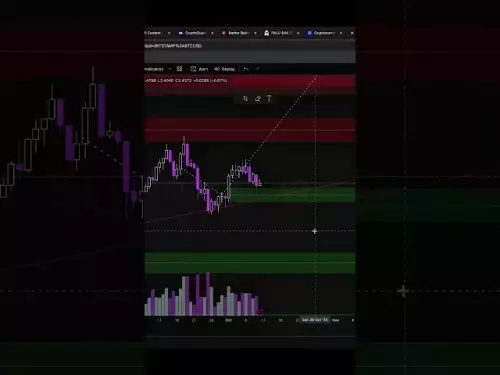-
 bitcoin
bitcoin $110311.910091 USD
1.97% -
 ethereum
ethereum $3964.172463 USD
0.34% -
 tether
tether $1.000288 USD
-0.05% -
 bnb
bnb $1098.563056 USD
-0.37% -
 xrp
xrp $2.479902 USD
4.31% -
 solana
solana $188.301025 USD
1.38% -
 usd-coin
usd-coin $0.999961 USD
0.01% -
 tron
tron $0.322477 USD
0.49% -
 dogecoin
dogecoin $0.199450 USD
2.51% -
 cardano
cardano $0.662393 USD
2.33% -
 hyperliquid
hyperliquid $37.947663 USD
1.71% -
 chainlink
chainlink $18.819081 USD
9.53% -
 ethena-usde
ethena-usde $0.999345 USD
-0.04% -
 stellar
stellar $0.323467 USD
2.06% -
 bitcoin-cash
bitcoin-cash $479.282126 USD
1.50%
What is lazy minting an NFT?
Lazy minting lets creators list NFTs without upfront gas fees, minting only when sold—reducing costs and risk while boosting accessibility for artists.
Oct 18, 2025 at 05:18 pm

Understanding Lazy Minting in the NFT Space
Lazy minting refers to a mechanism in the NFT ecosystem where the creation and registration of an NFT occur only at the moment of purchase, rather than when the creator initially lists the item. This approach contrasts with traditional minting, where the NFT is created on-chain immediately upon listing, requiring gas fees upfront.
1. In lazy minting, the seller defines the metadata and attributes of the NFT off-chain and uploads it to a marketplace that supports this functionality. The NFT does not exist as a blockchain asset until someone decides to buy it.
- When a buyer purchases the NFT, the platform triggers the minting process, recording the token on the blockchain and assigning ownership to the buyer. At this point, the gas fee is paid by the buyer or covered by the platform, relieving the creator of initial costs.
- This model lowers the barrier to entry for artists and creators who may lack funds to cover gas fees. It allows them to list multiple items without financial risk.
- Marketplaces like OpenSea use lazy minting through their 'Collection' contracts, enabling users to create what are known as 'bundled' NFTs that remain un-minted until sale.
- The metadata is often stored using decentralized solutions like IPFS, ensuring permanence and accessibility once the NFT is finally minted.
Benefits of Lazy Minting for Creators
Lazy minting has revolutionized how digital artists and developers interact with blockchain technology, particularly Ethereum and other EVM-compatible chains.
1. No Upfront Gas Costs: Artists can list unlimited NFTs without spending cryptocurrency on transaction fees, making the process more inclusive.
- Reduced Financial Risk: If an NFT doesn’t sell, no resources are wasted. Creators avoid paying for unsold inventory.
- Simplified Workflow: Platforms automate much of the minting logic, allowing creators to focus on design and marketing instead of technical deployment.
- Faster Time-to-Market: Without waiting for blockchain confirmations during listing, NFTs can be made available almost instantly.
- Scalability: Projects can launch large generative collections without front-loading massive minting transactions.
Risks and Limitations of Lazy Minting
While lazy minting offers significant advantages, it also introduces certain vulnerabilities and constraints within the decentralized framework.
1. Centralization Concerns: Since metadata and listings are managed by the marketplace, there’s a dependency on the platform’s infrastructure and longevity.
- Potential for Fraudulent Listings: Bad actors can flood marketplaces with copied art or scam projects, knowing they won’t incur costs if the items don’t sell.
- Delayed Ownership Verification: Because the NFT isn’t on-chain until purchase, buyers must trust the marketplace’s promise of future minting.
- Limited Interoperability: Some protocols and wallets may not recognize lazy-minted NFTs until they are fully minted, restricting utility in DeFi or gaming applications.
- Dependency on Platform Policies: Changes in marketplace rules could affect the validity or transferability of unbundled, un-minted assets.
Common Questions About Lazy Minting
What happens if a lazy-minted NFT never sells?The NFT remains as metadata on the marketplace servers or IPFS but is never recorded on the blockchain. No token is created, and no gas is spent.
Who pays the gas fee in a lazy minting transaction?Typically, the buyer covers the gas cost during purchase, though some platforms absorb these fees as part of their service model.
Can lazy-minted NFTs be traded on secondary markets before being minted?No. Only after the NFT is purchased and minted on-chain does it become a tradable digital asset with verifiable ownership.
Are lazy-minted NFTs less valuable than traditionally minted ones?Not inherently. Value depends on provenance, rarity, and demand. However, collectors may prefer on-chain minted NFTs due to greater transparency and immediate verifiability.
Disclaimer:info@kdj.com
The information provided is not trading advice. kdj.com does not assume any responsibility for any investments made based on the information provided in this article. Cryptocurrencies are highly volatile and it is highly recommended that you invest with caution after thorough research!
If you believe that the content used on this website infringes your copyright, please contact us immediately (info@kdj.com) and we will delete it promptly.
- Crypto Coins: Ethereum, Solana, and the Rise of AI in 2025
- 2025-10-21 08:45:16
- TRON's Stablecoin Empire: Cross-Chain Expansion and Blockchain Innovations
- 2025-10-21 08:45:16
- Shiba Inu, AlphaPepe, Presale: The Meme Coin Evolution
- 2025-10-21 08:50:01
- Dogecoin, Whales, and Bullish Alternatives: What's the Deal?
- 2025-10-21 08:50:01
- Shohei Ohtani, World Series, and Baseball Fever: A Los Angeles Love Affair
- 2025-10-21 08:50:01
- Ethena's Expansion: New Products and Team Growth on the Horizon
- 2025-10-21 08:50:12
Related knowledge
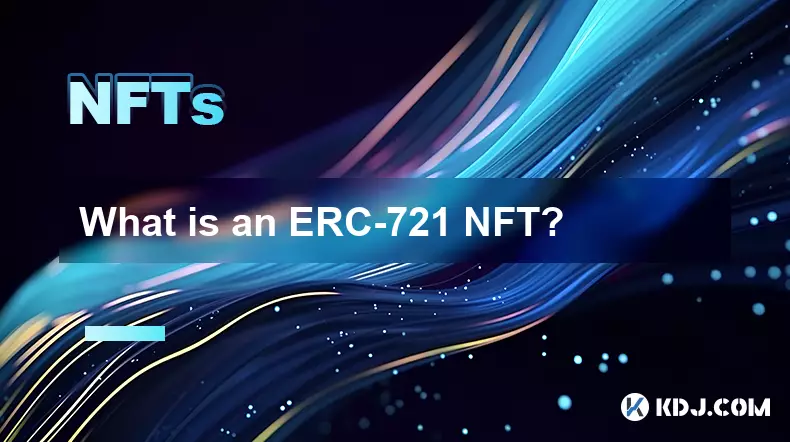
What is an ERC-721 NFT?
Oct 17,2025 at 02:00pm
Understanding ERC-721 NFTs in the Blockchain EcosystemERC-721 is a technical standard used for implementing non-fungible tokens (NFTs) on the Ethereum...
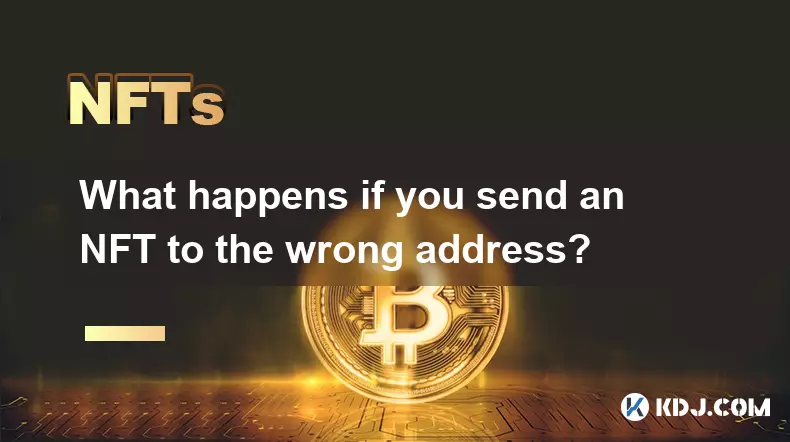
What happens if you send an NFT to the wrong address?
Oct 13,2025 at 09:17am
Understanding the Consequences of Sending an NFT to the Wrong Address1. Once an NFT is sent to a wallet address on the blockchain, the transaction is ...
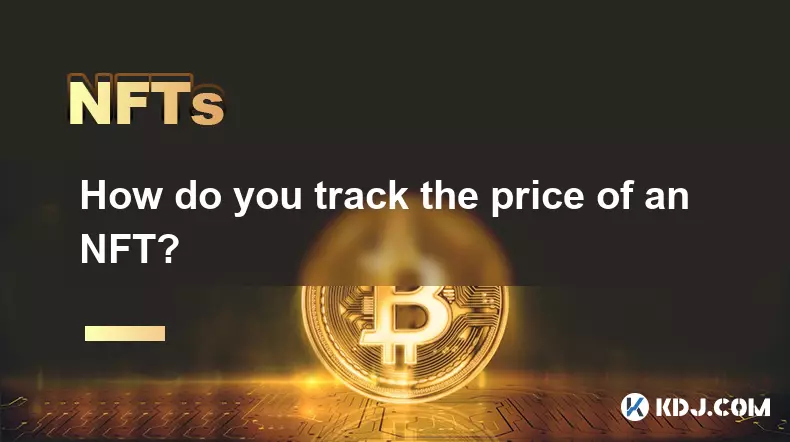
How do you track the price of an NFT?
Oct 15,2025 at 08:01pm
Understanding the Role of Decentralized Exchanges in Modern Crypto Trading1. Decentralized exchanges, commonly known as DEXs, operate without a centra...

What are the most common mistakes when buying an NFT?
Oct 17,2025 at 08:19pm
Overlooking the Authenticity of the Creator1. Many buyers rush into purchasing an NFT without verifying the legitimacy of the artist or project creato...
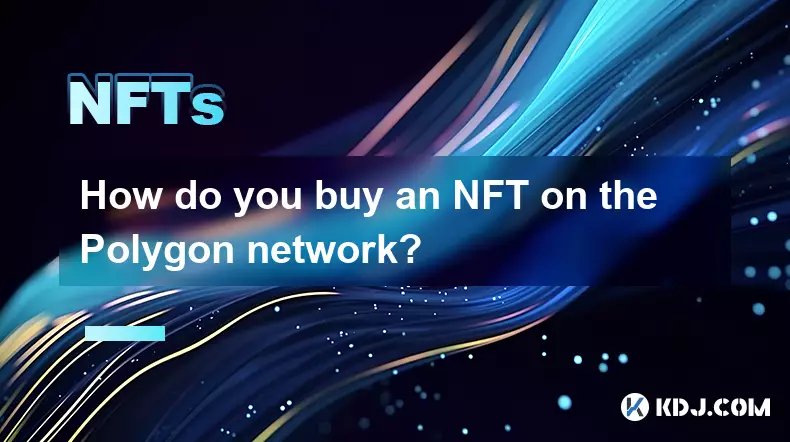
How do you buy an NFT on the Polygon network?
Oct 12,2025 at 09:54am
Understanding the Polygon Network for NFT Purchases1. The Polygon network is a Layer 2 scaling solution built on top of Ethereum, designed to reduce t...
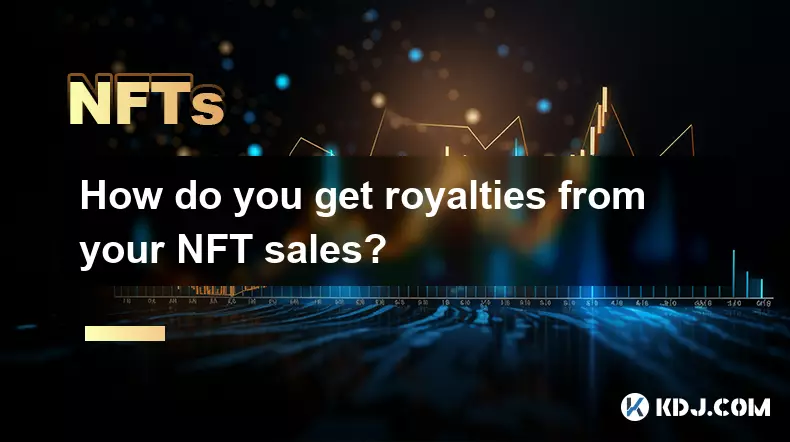
How do you get royalties from your NFT sales?
Oct 13,2025 at 02:18am
Earning Royalties Through NFT Marketplaces1. When you create an NFT, you can embed royalty terms directly into the smart contract that governs it. Thi...

What is an ERC-721 NFT?
Oct 17,2025 at 02:00pm
Understanding ERC-721 NFTs in the Blockchain EcosystemERC-721 is a technical standard used for implementing non-fungible tokens (NFTs) on the Ethereum...

What happens if you send an NFT to the wrong address?
Oct 13,2025 at 09:17am
Understanding the Consequences of Sending an NFT to the Wrong Address1. Once an NFT is sent to a wallet address on the blockchain, the transaction is ...

How do you track the price of an NFT?
Oct 15,2025 at 08:01pm
Understanding the Role of Decentralized Exchanges in Modern Crypto Trading1. Decentralized exchanges, commonly known as DEXs, operate without a centra...

What are the most common mistakes when buying an NFT?
Oct 17,2025 at 08:19pm
Overlooking the Authenticity of the Creator1. Many buyers rush into purchasing an NFT without verifying the legitimacy of the artist or project creato...

How do you buy an NFT on the Polygon network?
Oct 12,2025 at 09:54am
Understanding the Polygon Network for NFT Purchases1. The Polygon network is a Layer 2 scaling solution built on top of Ethereum, designed to reduce t...

How do you get royalties from your NFT sales?
Oct 13,2025 at 02:18am
Earning Royalties Through NFT Marketplaces1. When you create an NFT, you can embed royalty terms directly into the smart contract that governs it. Thi...
See all articles

























